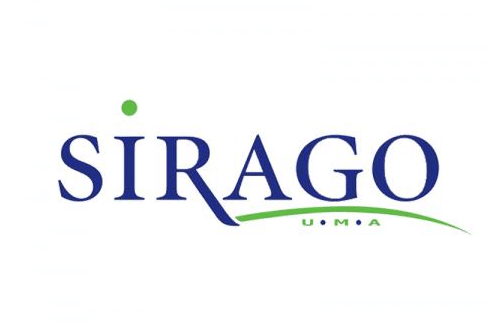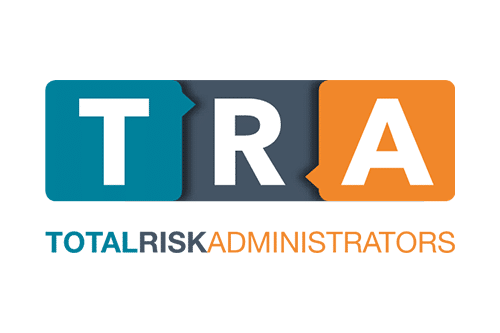Excision biopsy of a breast lump
Excision Biopsy of a Breast Lump: Investigating with Precision
An excision biopsy of a breast lump is a crucial diagnostic procedure performed to evaluate and obtain tissue samples from suspicious breast lumps or masses. This procedure helps determine whether the lump is benign (non-cancerous) or malignant (cancerous) and aids in planning subsequent treatment if necessary. This comprehensive article delves into the intricacies of excision biopsy of a breast lump, including its importance, techniques, indications, benefits, potential risks, and the evolving landscape of breast lump evaluation.
1. Importance of Excision Biopsy
Breast lumps can raise concerns about breast health, making accurate diagnosis essential:
- Definitive Diagnosis: Excision biopsy provides tissue samples for accurate diagnosis and determination of the lump’s nature.
- Treatment Planning: The biopsy results guide treatment decisions if the lump is malignant.
2. Types of Excision Biopsies
There are various techniques for excision biopsies of breast lumps:
- Open Excision Biopsy: A surgical procedure involving the removal of the entire lump, often with a margin of normal tissue.
- Wire-Guided Excision Biopsy: Used for non-palpable lumps, a thin wire is inserted near the lump under imaging guidance to aid in its precise removal.
- Laparoscopic Excision Biopsy: Minimally invasive approach using small incisions and specialized tools.
- Needle Localization Biopsy: Similar to wire-guided but uses a tiny marker to pinpoint the lump’s location.
3. Indications for Excision Biopsy
Excision biopsies are indicated when:
- A Suspicious Lump is Detected: Lumps that raise suspicion of malignancy based on imaging or clinical assessment.
- Previous Biopsy is Inconclusive: If a prior biopsy did not provide definitive results.
4. Benefits of Excision Biopsy
Excision biopsy offers several advantages:
- Accurate Diagnosis: Provides tissue samples for precise diagnosis, guiding treatment decisions.
- Minimizes Uncertainty: Helps alleviate anxiety by providing a clear understanding of the lump’s nature.
- Early Detection and Treatment: If malignant, early diagnosis leads to timely treatment.
5. Potential Risks and Safety Measures
Excision biopsy is generally safe, but potential risks include:
- Infection: Strict sterile techniques minimize infection risk.
- Bleeding: Proper wound closure reduces the risk of postoperative bleeding.
- Scarring: Proper wound care minimizes visible scarring.
6. Technological Advances
Advancements in imaging and surgical techniques enhance excision biopsies:
- Image-Guided Biopsies: Ultrasound or mammography helps locate and target the lump accurately.
- Minimally Invasive Approaches: Laparoscopic and robotic-assisted techniques reduce tissue trauma.
7. The Evolving Landscape of Breast Lump Evaluation
Breast lump evaluation continues to improve:
- Precision Medicine: Molecular profiling enhances personalized treatment planning.
- Patient-Centered Care: Tailored approaches prioritize patient comfort and satisfaction.
8. Patient Education and Follow-Up
Educating patients is vital:
- Preoperative Counseling: Patients receive information about the procedure, anesthesia, and recovery.
- Postoperative Care: Patients are educated about wound care, activity restrictions, and recognizing potential complications.
Conclusion
Excision biopsy of a breast lump plays a pivotal role in diagnosing breast health concerns, providing accurate information for treatment decisions. With various techniques available, including open, wire-guided, laparoscopic, and needle localization biopsies, the procedure ensures precise removal of tissue samples. Technological advancements and patient-centered approaches contribute to improved outcomes and patient satisfaction. As the field of breast health evolves, excision biopsy remains a cornerstone in the comprehensive management of breast lumps, contributing to timely diagnosis and treatment planning.
References:
- Dabbas, N., et al. (2009). A Review of Image-Guided Breast Biopsies. Cancer Treatment Reviews, 35(2), 144-150.
- Huo, L., et al. (2015). The Role of Ultrasound in Breast Cancer Screening: The Case for and Against Ultrasound. Clinical Imaging, 39(5), 713-723.
- Mannu, G. S., & Sud, M. (2013). Breast Needle Localization: Review of the Literature and a Report of Our Experience. The Indian Journal of Surgery, 75(2), 115-120.
- Olson Jr., J. A., et al. (2000). A Comprehensive Review of Self-Adhesive Implant Markers for Image-Guided Breast Surgery. Annals of Surgical Oncology, 7(4), 361-369.
- Pleijhuis, R. G., et al. (2013). Obtaining Adequate Surgical Margins in Breast-Conserving Therapy for Patients with Early-Stage Breast Cancer: Current Modalities and Future Directions. Annals of Surgical Oncology, 20(10), 3080-3089.


































